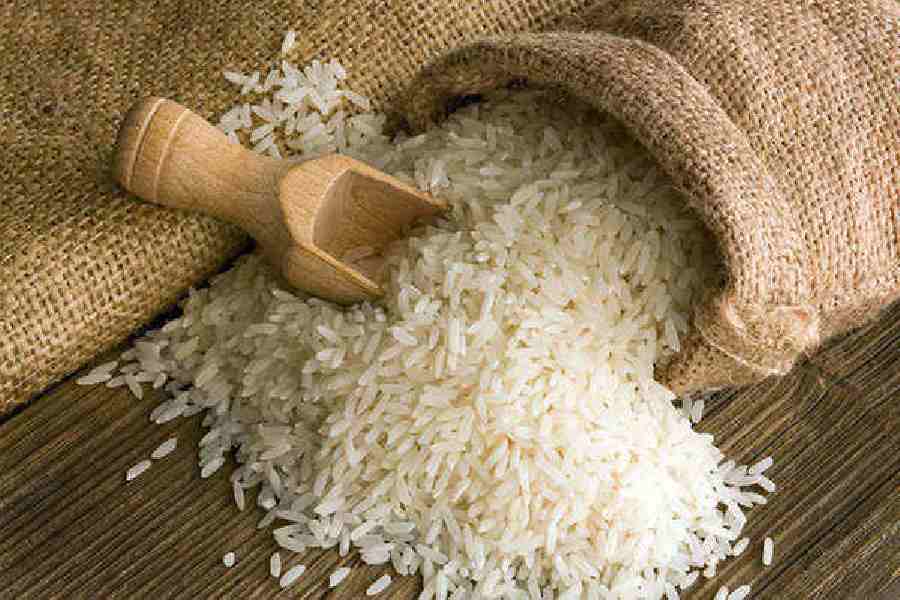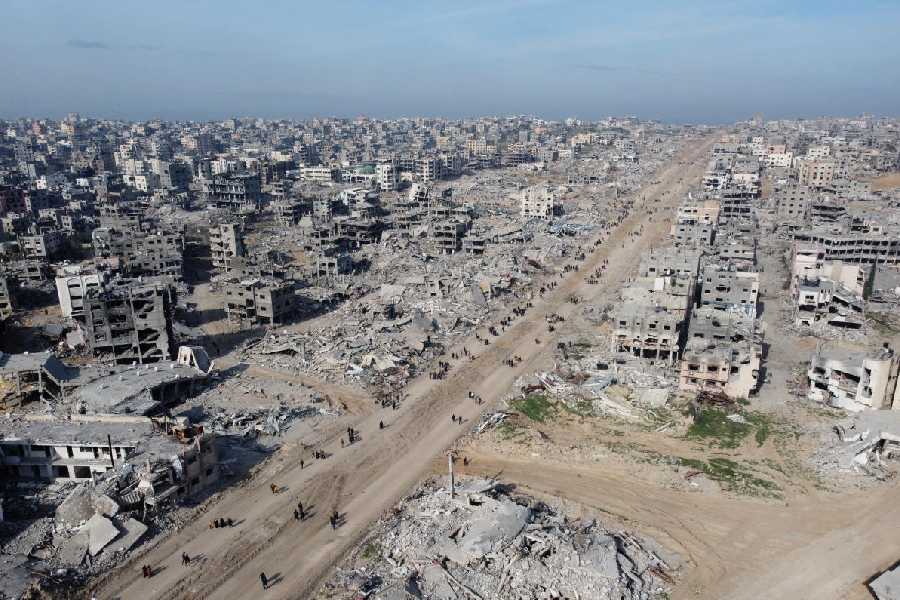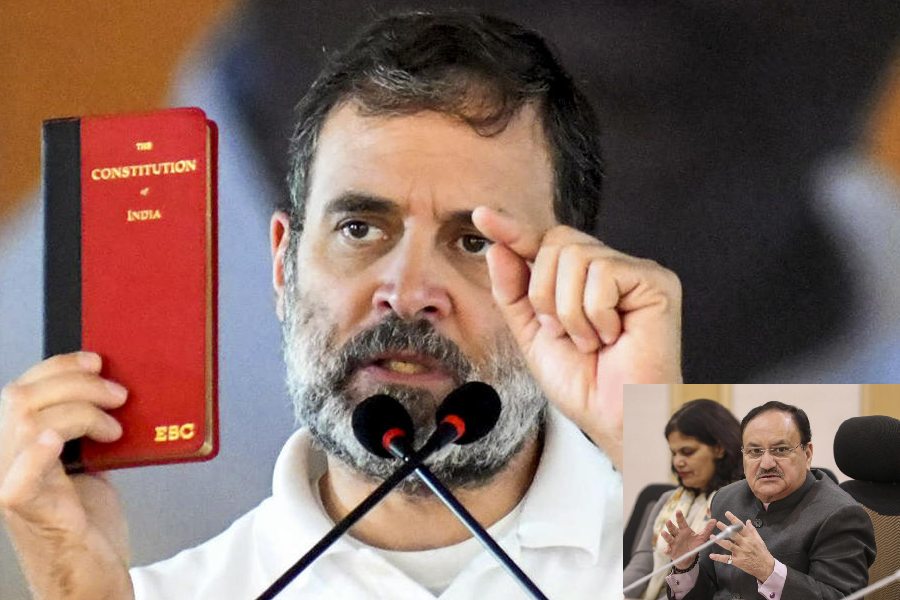A week before crucial assembly polls in Haryana, the Modi government has lifted the blanket ban on overseas shipments of non-basmati white rice and imposed a minimum export price (MEP) of $490 per tonne.
The export policy for non-basmati white rice was amended from prohibited to free, effective immediately, subject to the MEP. The government also exempted non-basmati white rice from export duty and reduced the levy on parboiled rice to 10 per cent.
These changes come within a fortnight of the government removing the minimum export price on basmati rice. The revenue department has also reduced export duty on husked (brown rice) and rice in the husk (paddy or rough) to 10 per cent.
Earlier this month, the government scrapped the minimum export price for basmati rice to boost outbound shipments and enhance farmers’ income.
Haryana goes to polls on October 5 and the ruling BJP government there is fighting anti-incumbency after being in power for two consecutive terms.
B.V. Krishna Rao, president of the Rice Exporters Association (REA), said the easing of curbs would help exports and clear godowns before the arrival of fresh crops.
He added that the government’s decision on non-basmati rice with MEP was a balanced move that would help farmers, prevent other varieties of rice from being shipped, and check inflation.
The government has set a rice procurement target of 48.5 mt for the kharif crop 2024-25, which is an increase of 5 percent compared with the previous year.
The FCI currently holds 43.57 mt — 32.61 mt of rice stocks and 10.96 mt of grain receivable from millers. The stock is against the buffer of 10.25 mt for October 1.
Nitin Kansal, director, Crisil Ratings, said basmati rice exports are likely to grow 3-4 per cent this fiscal year. Domestic sales are expected to rise 6 per cent, driven by demand from the HoReCa (hotel, restaurant, and café) segment, lower prices, and a steady rise in household income.
Volume growth is expected to be 10 per cent (9 million tonnes), which will offset a nearly 5 per cent fall in realisation and lead to an increase in the overall industry revenue.
The fall in realisation will be due to a decline in paddy prices. However, the fall will be limited owing to steady demand.











